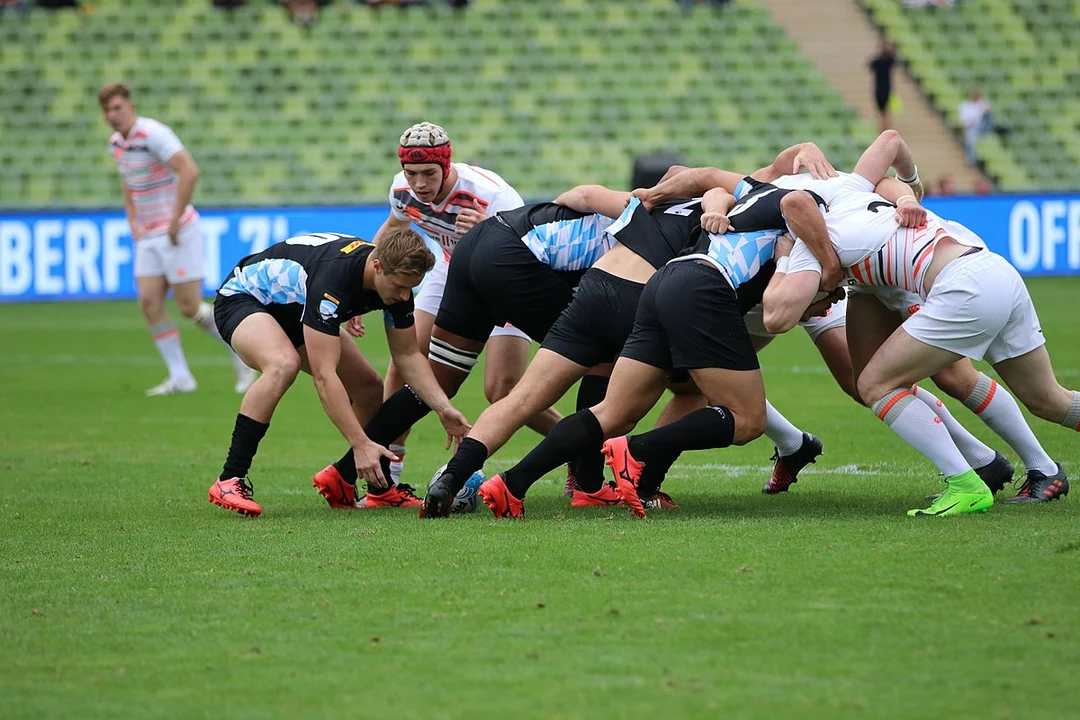Rugby Terminology Explained – A Quick Glossary for Fans
If you’ve just joined the crowd at Carnforth Rugby Club or started watching matches on TV, you’ve probably heard a lot of words that sound like secret code. "Scrum," "line‑out," "maul" – they all pop up fast, and if you don’t know what they mean you can feel left out. Don’t worry, we’re breaking down the most common rugby terms in a way that’s easy to remember.
Core Game Elements
Scrum: Eight forwards from each team lock heads and push against each other after a minor infringement. The ball is fed in the middle and the hooker tries to strike it back to his side. Think of it as a controlled push‑fight that restarts play.
Line‑out: When the ball goes out of bounds, players line up in two rows and the throw‑in is taken from the sideline. Jumpers are lifted by teammates to catch or tap the ball. It’s a set piece that tests timing and height.
Maul: A maul forms when the ball carrier is held up and teammates bind on top, moving forward together. It’s different from a ruck because the ball stays off the ground. Mauls can crumble into a ruck if the ball hits the turf.
Ruck: After a tackle, players from both sides compete over the ball on the ground. No hands are allowed; you have to use your feet to hook the ball back. The ruck is all about speed and staying on your feet.
Try: The main way to score – slap the ball down in the opponent’s in‑goal area for five points. It’s worth the effort because it’s the biggest point swing in the game.
Positions and Player Roles
Forwards: The eight big guys – props, hooker, locks, flankers, and number eight – do most of the heavy lifting in scrums, line‑outs, and rucks. They’re the engine room of the team.
Backs: The seven faster players – scrum‑half, fly‑half, centres, wings, full‑back – use space and speed to create scoring chances. They’re the ones you see sprinting down the field.
Scrum‑half (9): Links the forwards and backs. They feed the scrum, pass from rucks, and make quick decisions. If you see a player constantly darting around the breakdown, that’s the scrum‑half.
Fly‑half (10): The tactical brain. They decide whether to kick, pass, or run. A strong fly‑half can control the whole game’s rhythm.
Full‑back (15): The last line of defence. They field kicks, launch counter‑attacks, and often join the back line for extra punch.
Knowing which player does what helps you follow the action without guessing. When Carnforth Rugby Club’s forwards drive a scrum, you’ll now spot the props at the front and the hooker in the middle.
These terms cover the basics you’ll hear in match commentary, team sheets, and post‑game chats at the club bar. The more you use them, the faster they’ll become second nature. So next time you hear “they’re setting up a line‑out,” you’ll know exactly what’s happening and can join the conversation with confidence.
Ready to put the lingo into practice? Grab a seat at the next Carnforth Rugby Club home game, keep an ear out for the words above, and watch how the game flows. The more you notice, the more enjoyable the sport becomes.
Why do some people call it 'rugby' instead of 'rugby union'?
As a passionate rugby fan, I've noticed that some people simply call it 'rugby' instead of 'rugby union.' This usually happens because rugby union is the more popular and globally recognized form of the sport, so when people say 'rugby,' they're often referring to rugby union by default. Additionally, the other main variant of rugby, 'rugby league,' has a smaller following and is less well-known internationally. It's also worth mentioning that rugby union has a longer history, originating in the 19th century, which may contribute to its prominence. So, when people call it 'rugby,' it's likely because they're referring to the more popular and traditional rugby union.
full article


